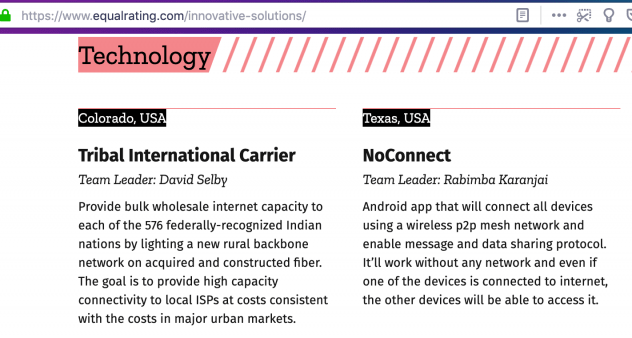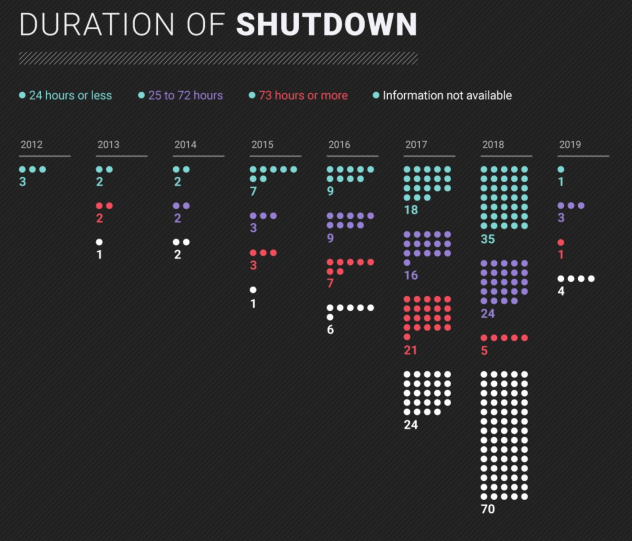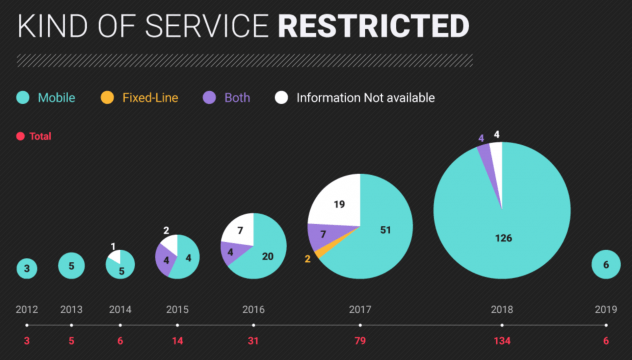Hey tech enthusiasts! Rabimba Karanjai here, your friendly neighborhood Google Developer Expert (GDE), back from an exhilarating whirlwind tour of Google I/O 2024. Let me tell you, this wasn’t just your average tech conference – it was an AI-infused extravaganza that left me utterly mind-blown!
And you know what made it even sweeter? I had front-row seats, baby! Huge shoutout to the GDE program for this incredible opportunity. Feeling grateful and a tad spoiled, I must admit. 😉
Gemini: The AI Marvel That’s Stealing the Show
Now, let’s dive into the star of the show: Gemini. This ain’t your grandpa’s AI model – it’s the multimodal powerhouse that’s set to redefine how we interact with technology. Imagine an AI that doesn’t just understand text, but images, videos, code, and even your wacky doodles. Yep, that’s Gemini for you!
Google’s been cooking up this AI masterpiece, and boy, did they deliver! The keynote demo had us all gawking as Gemini effortlessly tackled mind-boggling tasks like summarizing research papers, debugging code faster than you can say “syntax error,” and even creating searchable catalogs of your messy attic. Seriously, this thing’s a game-changer!
Google Search Gets a Mind-Blowing AI Makeover
Remember those days of typing a few keywords into Google and hoping for the best? Well, those days are about to become ancient history. Thanks to Gemini, Google Search is getting a major AI-powered facelift that’s going to blow your mind!
Get ready for “AI Overviews” – a whole new search experience that’ll serve up comprehensive answers to your burning questions. And we’re not talking boring, one-sided answers here. Gemini dives deep, gathering diverse perspectives and sources, so you get the full picture, no matter how complex the topic. It’s like having a personal research assistant at your fingertips!
AI Agents: Your Super-Smart Digital Sidekicks
But wait, there’s more! Google isn’t just stopping at Gemini. They’re dreaming even bigger with AI agents – these intelligent systems are like your own personal squad of digital sidekicks, ready to tackle any task you throw at them. Imagine automating those tedious chores like returning online purchases or organizing your inbox. It’s like having a personal assistant, a life coach, and a tech guru all rolled into one!
And don’t worry, privacy peeps, Google’s got your back. They’re all about responsible AI development, ensuring these agents are your trusty allies, not your overlords.
The Future of AI: More Mind-Blowing Than a Sci-Fi Flick
If you thought all this was mind-blowing, buckle up because the future of AI is about to get even wilder. Google’s “Project Astra” is aiming to create a universal AI agent that’s so smart, it’ll make your jaw drop. Imagine an AI that not only understands you but anticipates your needs, learns from your habits, and interacts with you like a real-life friend. It’s like something straight out of a sci-fi movie!
The GDE Vibe: Tech, Fun, and a Dash of Nerdy Camaraderie
Now, let’s talk about the GDE experience at I/O. It wasn’t just about the tech – it was about the people, the energy, and the sheer joy of being surrounded by fellow tech enthusiasts. From nerding out over the latest AI breakthroughs to swapping geeky jokes, it was a non-stop party for the mind and soul.
And let’s not forget the swag! Google knows how to treat their GDEs right, showering us with goodies that made us feel like tech royalty.




Wrapping Up My I/O Adventure
As I sit here, reflecting on my I/O adventure, I can’t help but feel a sense of awe and excitement for the future. Google’s pushing the boundaries of what’s possible with AI, and I’m thrilled to be a part of this incredible journey.
So, here’s to the Gemini era – may it be filled with mind-blowing innovations, groundbreaking discoveries, and a whole lot of tech-fueled fun!
Until next time, keep exploring, keep creating, and keep pushing the limits of what’s possible. And remember, the future’s brighter than ever, thanks to the magic of AI!



